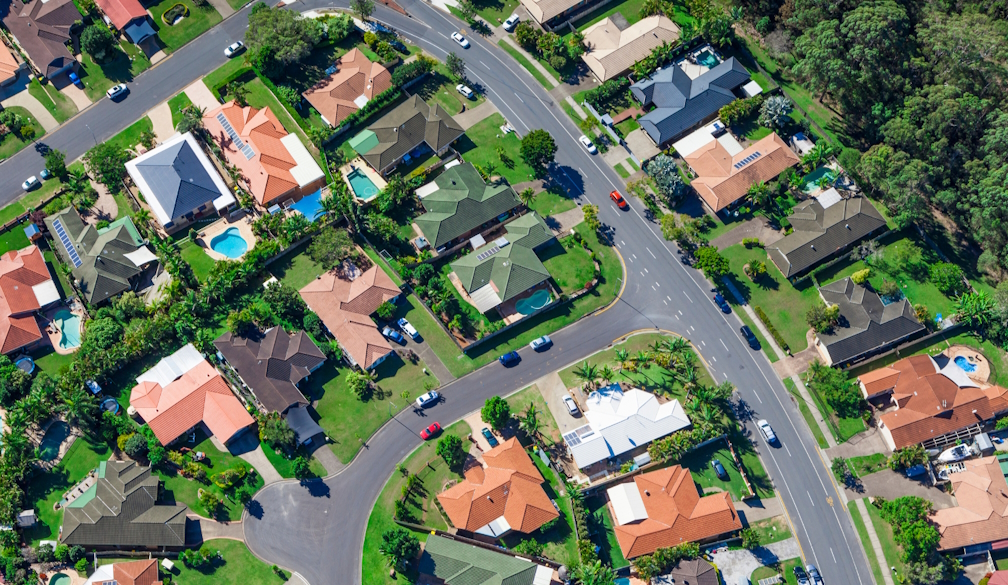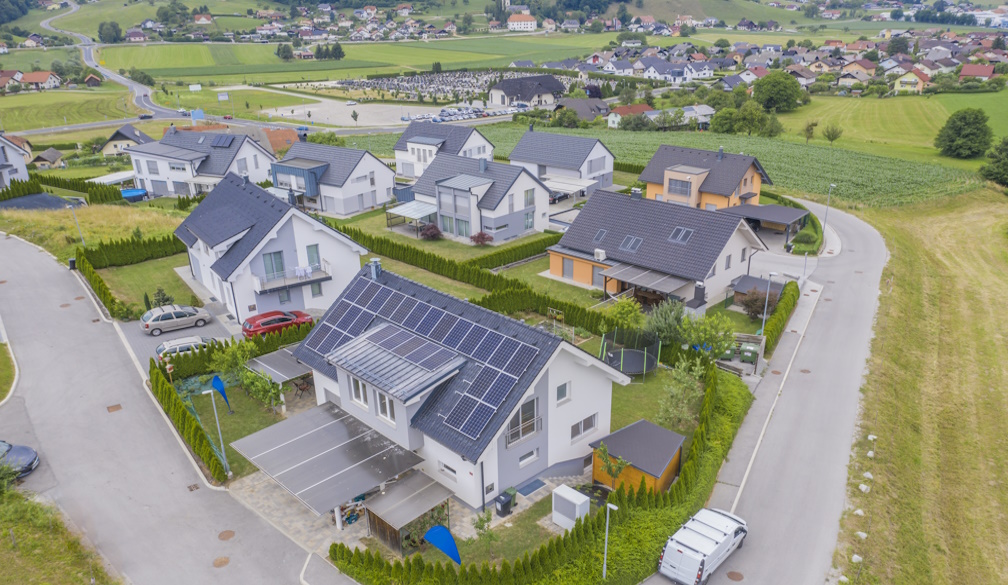Sustainability Reporting Made Simple Through Software Solutions
- Written by NewsServices.com

Types of Sustainability Reporting Software
Carbon Footprint Tracking Tools
Water Consumption and Pollution Monitoring Tools
Sustainability reporting is one of the most important aspects of any business’s environmental management strategy. By tracking and analyzing their environmental impact, businesses can make decisions that will help them reduce their carbon footprint, conserve water resources, and protect the environment. To do this effectively, businesses need the right software tools to monitor and analyze their sustainability data. In this article, we’ll explore two different types of sustainability reporting software: carbon footprint tracking tools and water consumption and pollution monitoring tools.
Carbon Footprint Tracking Tools
A carbon footprint is a measure of how much greenhouse gas (GHG) emissions are associated with an activity or process. Carbon footprints are typically measured in units such as kilograms of CO2 equivalent (CO2e). Carbon footprint tracking software helps businesses measure, monitor, manage and report on their GHG emissions. This type of software often includes features such as automated data collection from various sources; automated analysis to identify areas where GHG emission reduction targets can be met; integration with other systems such as energy management systems; ability to create customized reports; ability to track progress over time; integration with other sustainability metrics such as waste management programs or renewable energy projects; support for multiple languages/locales; and customization options for different user roles. If you're seeking a reliable and accurate software solution that can help you report on sustainability, such as carbon footprint tracking tools, click the link: https://www.workiva.com/en-au/solutions/esg-reporting.
How to Use Sustainability Reporting Software Effectively
Sustainability reporting software is an invaluable tool for companies to track and measure their progress towards becoming more sustainable. It can help organizations identify areas of improvement, develop strategies to reduce their environmental impact, and report on their progress over time. But how do you make sure that you’re using this software effectively? Here are some tips:
- Identify the right metrics: When setting up your sustainability reporting software, be sure to choose metrics that are relevant to your organization's goals and objectives. This could include anything from energy use and water consumption to waste production or recycling rates. By selecting the right metrics, you can ensure that your sustainability efforts are accurately measured over time.
- Track data in real-time: Many sustainability reporting software allow users to track data in real time so they can quickly identify any potential issues or opportunities for improvement immediately as they arise. This helps organizations stay on top of their sustainability efforts and take swift action when necessary.
- Automate reports: Sustainability reporting software often comes with automated reporting capabilities which enable users to quickly generate regular reports about their progress towards reaching certain goals or objectives without having to manually input data each time a report is needed.
Impact on the Environment and Society by Using Sustainability Reporting Software
In today's world, sustainability reporting software is becoming increasingly important for businesses to understand their environmental and social impact. This type of software allows companies to monitor their carbon footprint, waste management practices, and energy consumption to make sure they are taking steps towards sustainable growth. Additionally, sustainability reporting can help inform decision-making by providing valuable insight into how a company's activities are affecting the environment and society.
The benefits of using sustainability reporting software are clear: it reduces costs associated with monitoring environmental performance; it helps organizations identify areas in which improvements can be made; it increases transparency with stakeholders; and it provides data that can help inform the development of policies related to sustainable operations. Even more importantly, this type of software provides a comprehensive picture of an organization's effect on its surroundings—making it easier for businesses to take proactive steps towards improving their environmental footprint.
When businesses use sustainability reporting software, they also gain access to an unprecedented level of information about their impact on the environment and society. By understanding where they stand in terms of emissions reductions or other targets set by regulatory authorities or industry standards, companies can better plan how best to reduce their negative impacts on the environment while still meeting customer needs or achieving financial goals.
Conclusion
Sustainability reporting software is an invaluable tool for organizations that want to reduce their environmental impacts and become more sustainable. It provides an easy way to track and analyze data, helping organizations identify areas for improvement and make better-informed decisions about their sustainability efforts. With the right software, organizations can increase their sustainability performance while also improving their bottom line. Ultimately, sustainability reporting software is a great way to ensure that businesses are doing their part in protecting our planet's future.






















